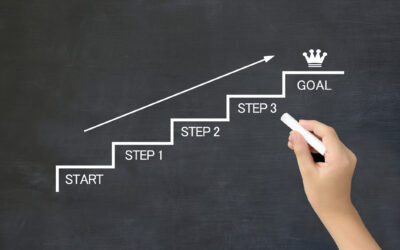How To Resign Professionally & Stay On Good Terms

In recent months, the number of people switching jobs has become so great it has been characterized as the Turnover Tsunami, The Great Resignation and Covid Job Churn. However you reference it, it is here – so it’s important to know how to professionally resign.
The U.S. Bureau of Labor Statistics (BLS) reported a record number of resignations in April and May. More than 2.7% of the workforce, or 4 million people in the United States, resigned from their position. Prudential Financials’ Pulse of the American Worker survey found that 1 in 5 workers changed professions over the past year. The top reasons for changing included work-life balance, better compensation, and trying something new.
We have been working with top talent (like you) to make the switch. We are frequently asked how to professionally resign from a current position. If you are ready to leave, here are four tips to professionally exit:
1. Notify Your Supervisor First & Face-to-Face

Ideally, you should notify your supervisor about your resignation in person, and they should be the first to know. If this is not possible, perhaps due to your location, discuss over the phone or on a video conference. Tell them when you intend to leave, your reason for leaving, and thank them for the opportunities you have had in your role. Discuss how and when your departure will be communicated and the transition plan. At the end of the meeting, submit your resignation letter.
2. Work Through Your Notice Period

Work as you normally would through your notice period. Two weeks is a minimum, but it is respectful to offer three or four weeks’ notice, depending on your tenure and position. Refer to your contract or employee handbook to learn how much notice is required. Work with your supervisor to determine the best length for the company.
It is possible your employment will end immediately, especially if you have a new role with a competing organization. If this occurs, you should leave your workplace immediately after submitting your resignation notice.
3. Do Your Best Work Until the Last Day

Leave on a high note. Give your best work, arrive early, wrap up projects, document progress and tasks to hand off to your successor.
Sometimes a resignation is due to burnout. This burnout feeling often inspires a lack of productivity. While this is an understandable feeling, you should do all you can to do the best work during your notice period. This is good for future recommendations, or you may even work with them again.
4. Express Gratitude

Tell your boss and team how much you appreciated working with them and at the company. Even if you are happy to be leaving and had issues with your job, find something complimentary and positive to say to your supervisor to foster the relationship. Your resignation letter is the last impression you leave with the company, expressing gratitude makes the list in the Wall Street Journal’s ‘How to Quit Your Job Gracefully’ article.
When you resign professionally you achieve several things:
- Goodwill with your employer, which leads to positive future references and the possibility to work with them again.
- Time to finish projects and train your successor.
- You demonstrate to your new employer that you are a professional and will be a great asset to their team.
When making a career transition, ending your existing commitment in the right way is important. Are you pursuing a new career? If so, we want to connect! We are in the business of matching the best people to the best opportunities. Shoot us an introductory email with your resume and we will do our best to find your Spot On Opportunity.






